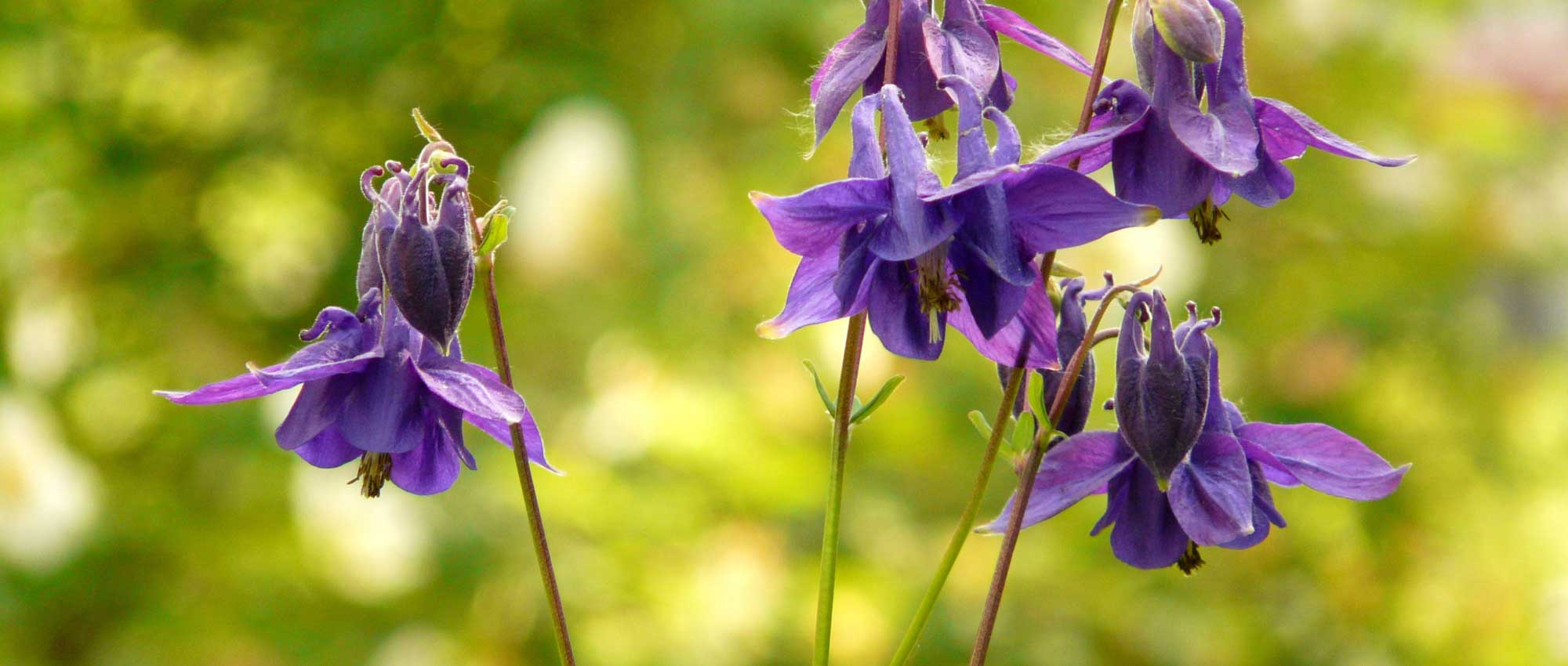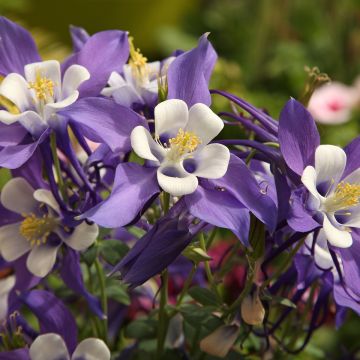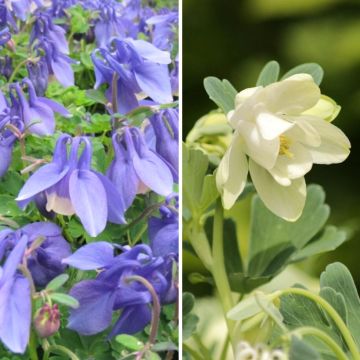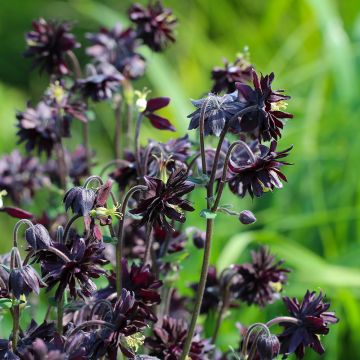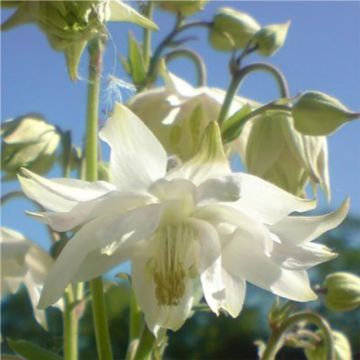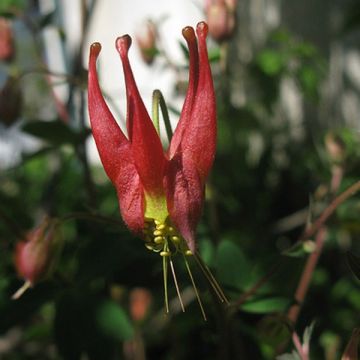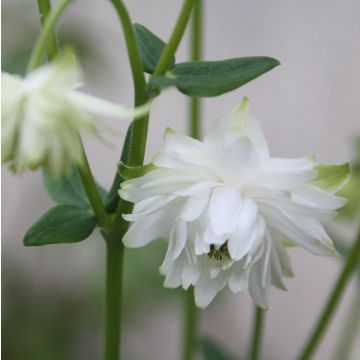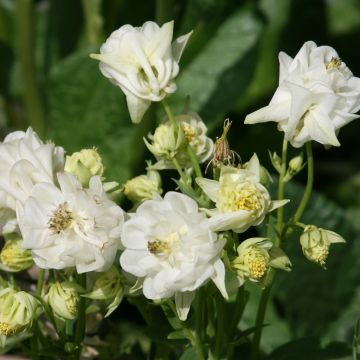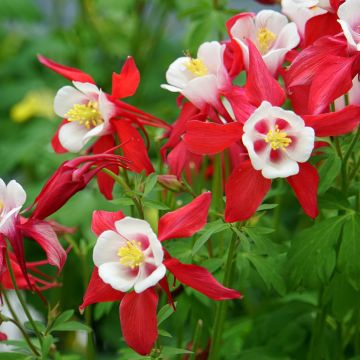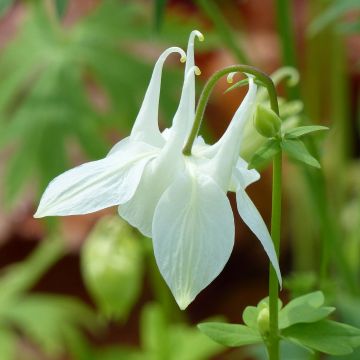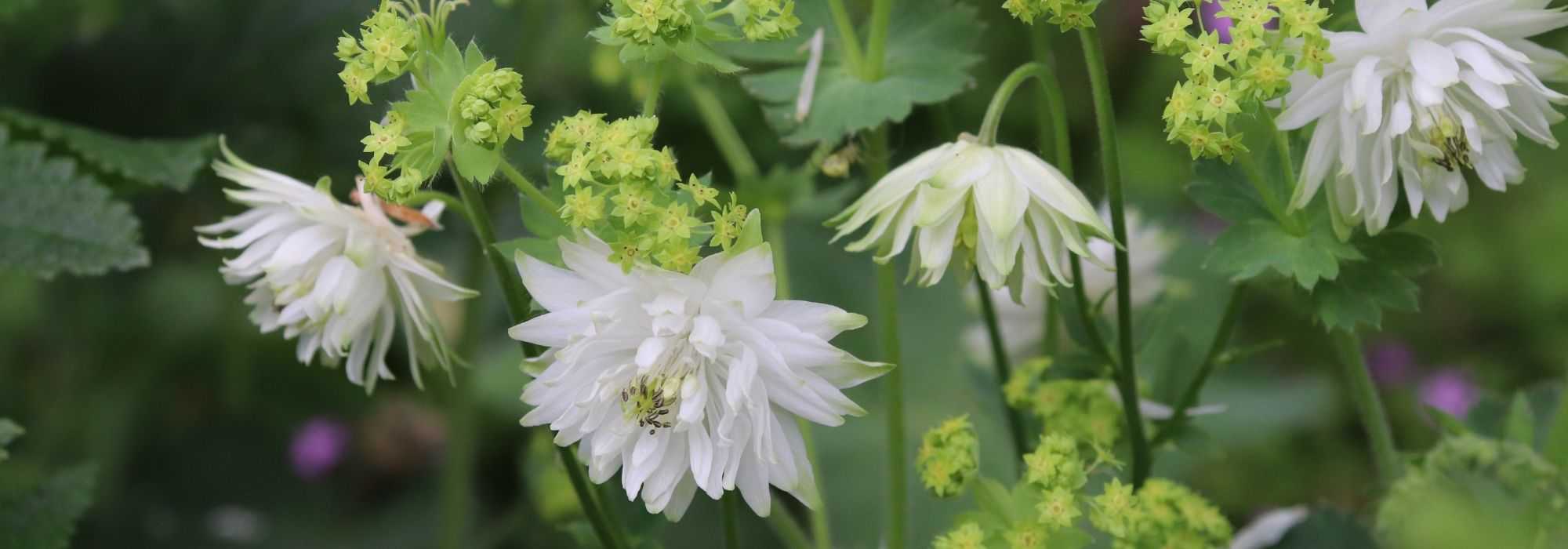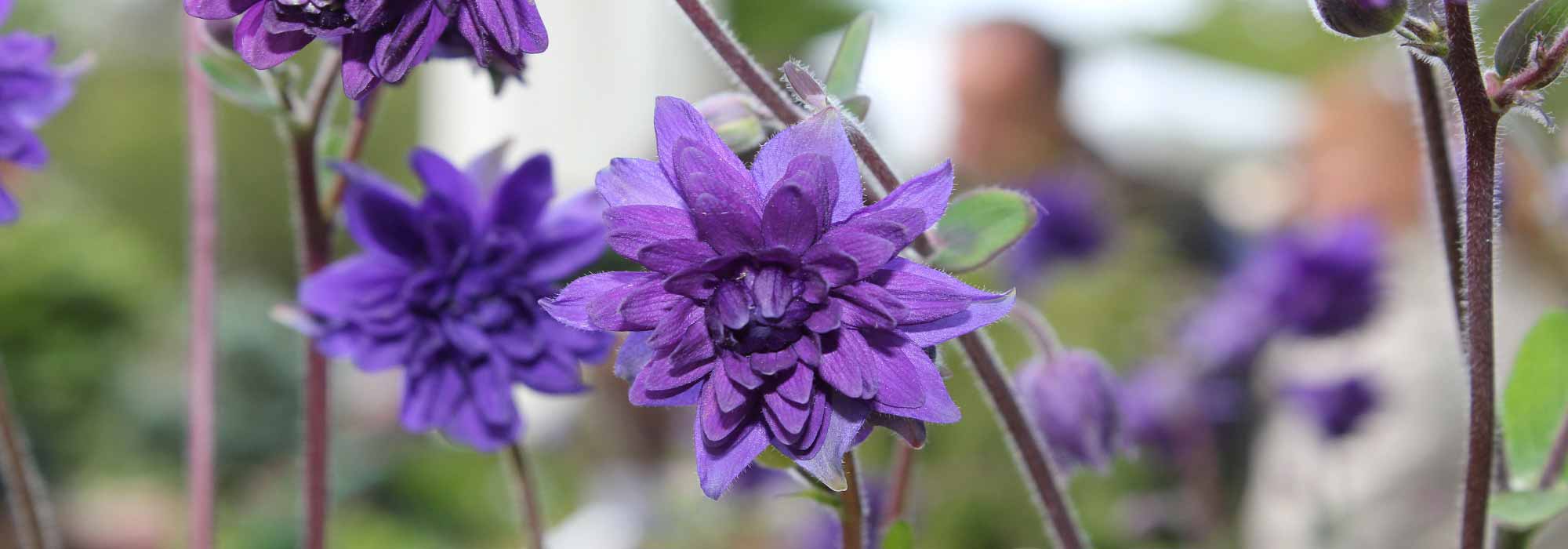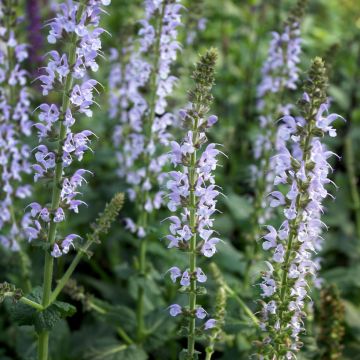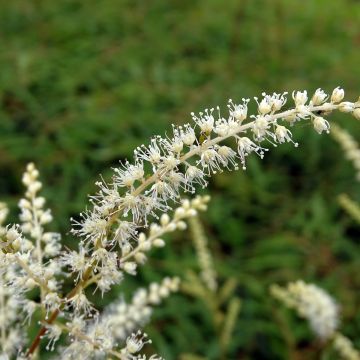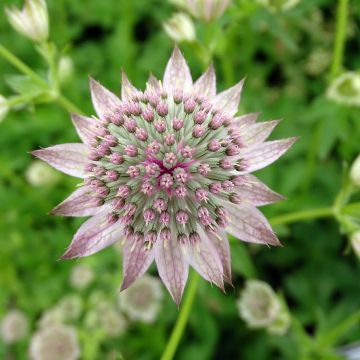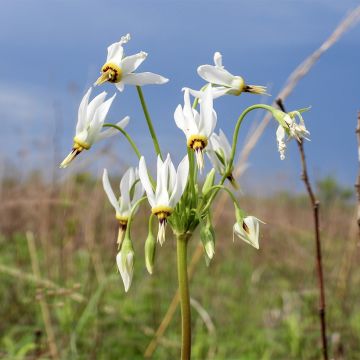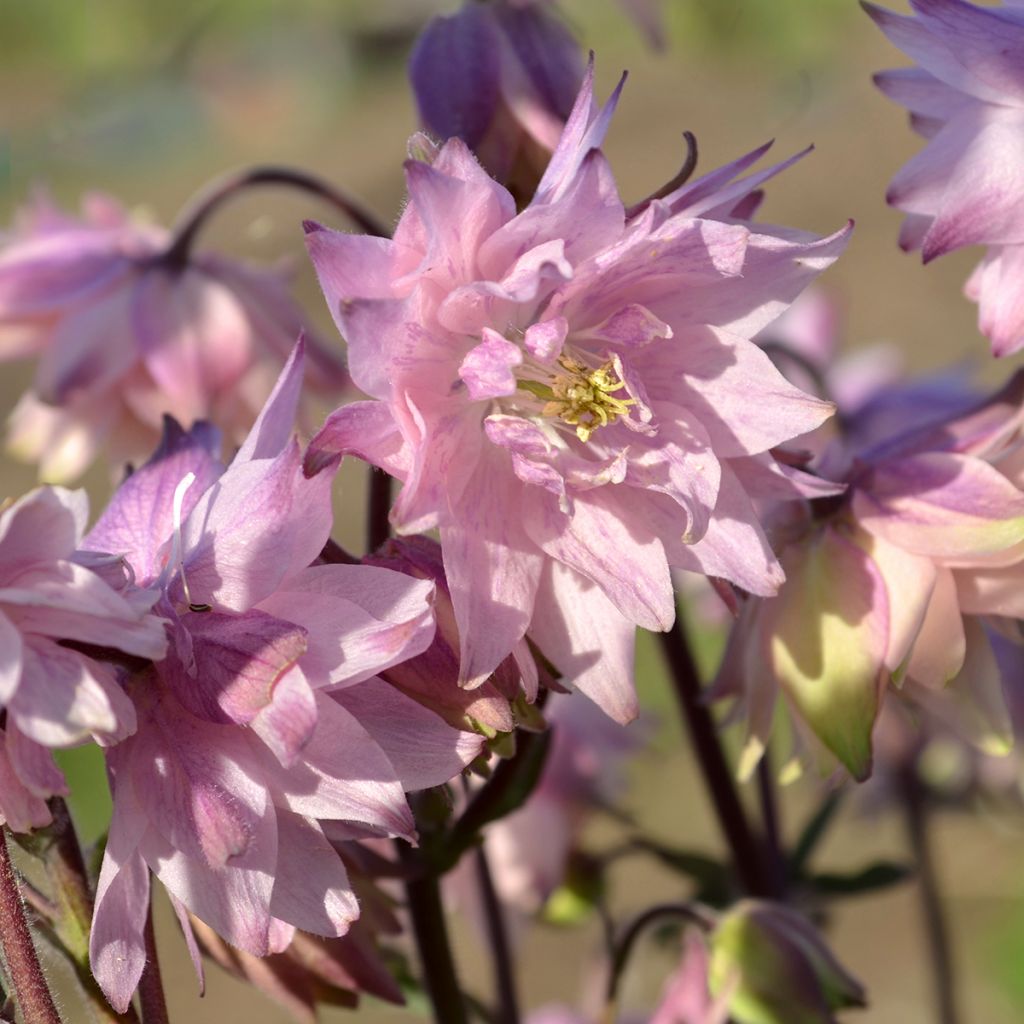

Aquilegia vulgaris var. stellata Rose Barlow - Columbine


Aquilegia vulgaris var. stellata Rose Barlow - Columbine
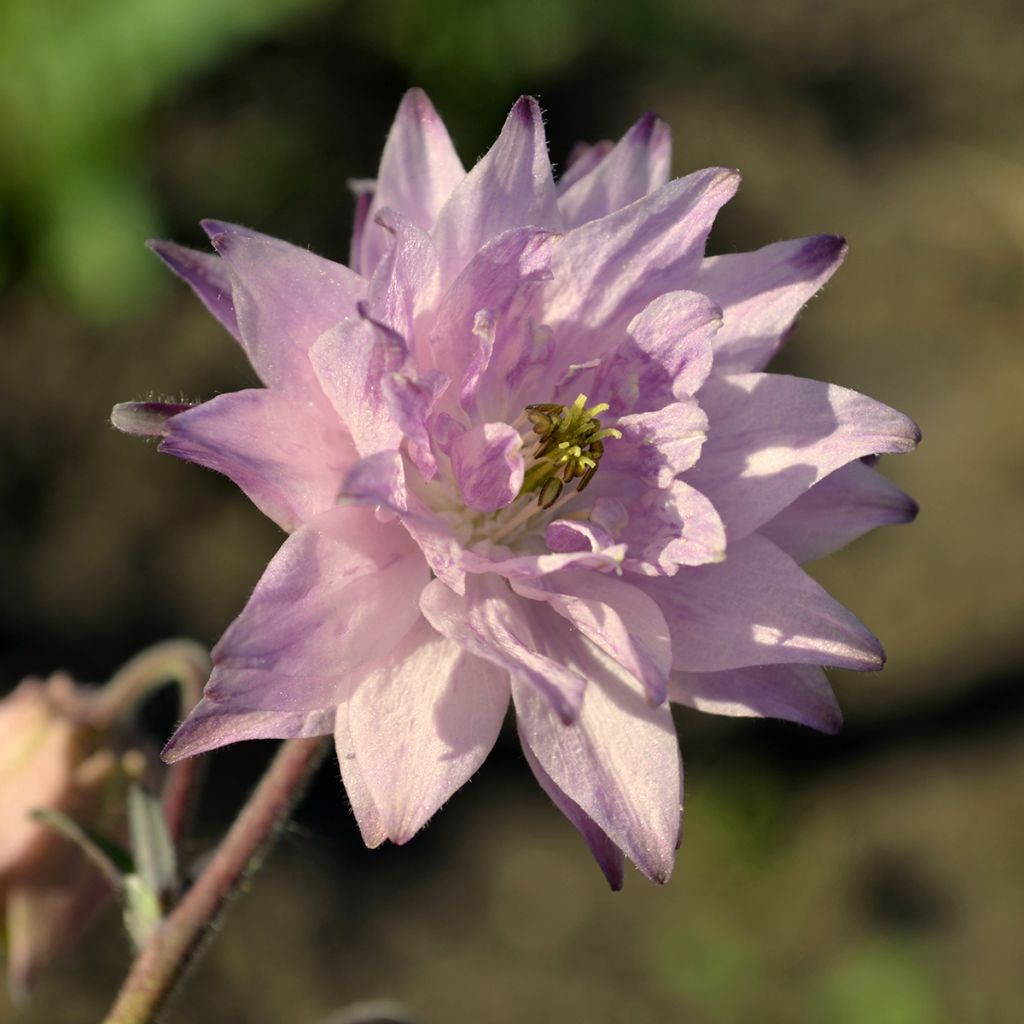

Aquilegia vulgaris var. stellata Rose Barlow - Columbine
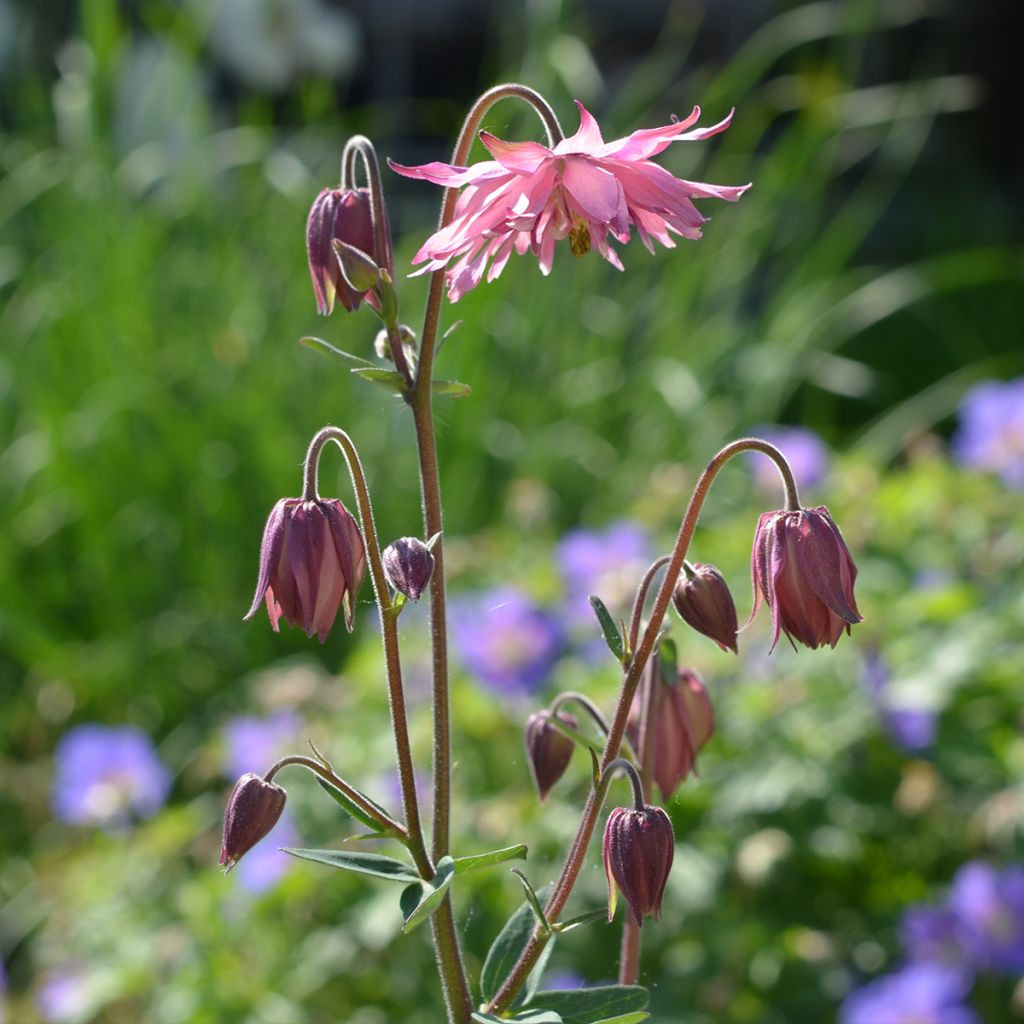

Aquilegia vulgaris var. stellata Rose Barlow - Columbine
Aquilegia vulgaris var. stellata Rose Barlow - Columbine
Aquilegia vulgaris var. stellata Rose Barlow
European Columbine, Common Columbine, Granny's Nightcap, Granny's Bonnet
I waited to see how it would turn out. Upon arrival, the plant was in excellent condition, as was the packaging and delivery. Now I have a gorgeous plant, full of flowers. It adds so much charm to the garden.
Raphael, 07/05/2025
Special offer!
Receive a €20 voucher for any order over €90 (excluding delivery costs, credit notes, and plastic-free options)!
1- Add your favorite plants to your cart.
2- Once you have reached €90, confirm your order (you can even choose the delivery date!).
3- As soon as your order is shipped, you will receive an email containing your voucher code, valid for 3 months (90 days).
Your voucher is unique and can only be used once, for any order with a minimum value of €20, excluding delivery costs.
Can be combined with other current offers, non-divisible and non-refundable.
Home or relay delivery (depending on size and destination)
Schedule delivery date,
and select date in basket
This plant carries a 12 months recovery warranty
More information
We guarantee the quality of our plants for a full growing cycle, and will replace at our expense any plant that fails to recover under normal climatic and planting conditions.

Would this plant suit my garden?
Set up your Plantfit profile →
Description
Aquilegia vulgaris var. stellata 'Rose Barlow', also known as Columbine, is a delicate perennial plant that pairs well with shorter plants. This cousin of the popular 'Nora Barlow' blooms from spring until the beginning of summer, with beautiful double flowers in a delicate frill of light pink petals with pointed tips. It is extremely easy to grow in any type of soil and easily naturalizes in rock gardens and borders.
Aquilegia 'Rose Barlow' belongs to the Ranunculaceae family. It is a cultivar derived from Aquilegia vulgaris (or clematiflora), native to Europe, North Africa, and temperate Asia, where it grows in deciduous forest clearings and meadows. The Barlow series was created in tribute to Emma Nora Barlow, the granddaughter of naturalist Charles Darwin, who was passionate about botany.
It is a very hardy herbaceous perennial plant that forms an upright clump, 40cm (16in) tall and 30-40cm (12-16in) wide, with abundant foliage from which long flowering stems rise upwards. From May to June, stems up to 60cm (24in) tall bear at least 3 intensely double flowers, inclined horizontally. They have long-horned spurs and delicate light pink corollas. Its deciduous bluish-green foliage is quite decorative, and the lobed leaves give a sense of lightness.
Aquilegias were cultivated in medieval flower beds and they have been perpetuated in cottage gardens. Compact and unassuming, they are essential in mixed borders, where they bring elegance and charm. They can also be planted in a variety of garden spots, with a 20cm (8in) space around each plant: in the middle of a perennial bed, in a border, at the base of bushes, on the edge of woodlands or on a slope. They look stunning when planted in groups to create a dense clump. In flower beds, in a cottage garden style, they can be paired with all kinds of perennials, such as Foxgloves, Bleeding Hearts, or Peach-leaved Bellflowers. Play with colours by contrasting with orange, yellow, or white flowers, or enhance its informal look by pairing it with grasses. Pick when they are just opening for gorgeous wildflower bouquets.
Aquilegia vulgaris var. stellata Rose Barlow - Columbine in pictures
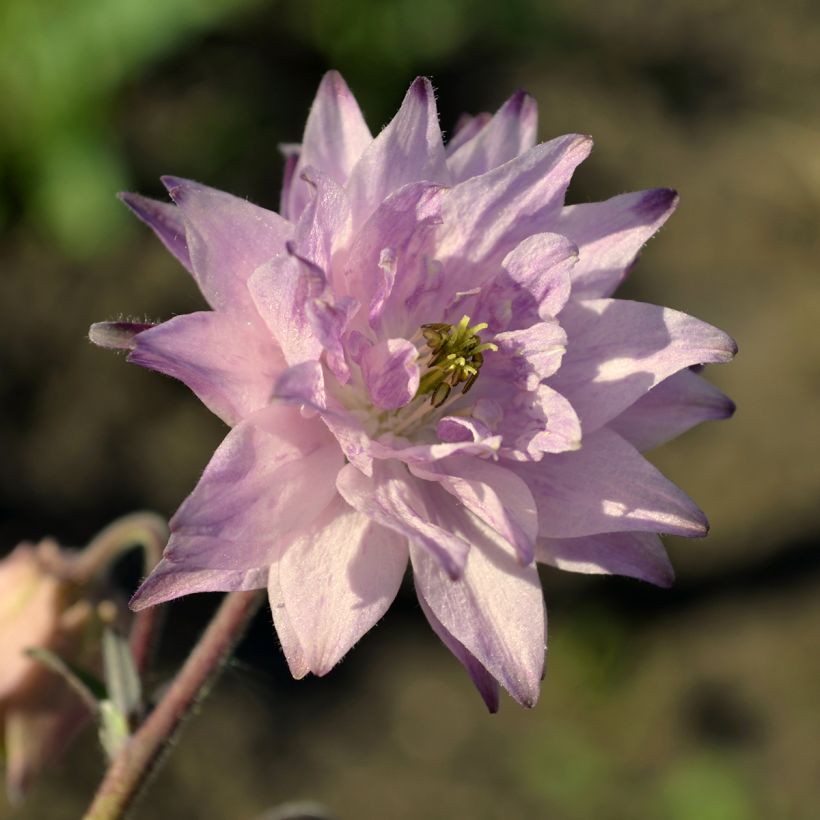

Flowering
Foliage
Plant habit
Botanical data
Aquilegia
vulgaris
var. stellata Rose Barlow
Ranunculaceae
European Columbine, Common Columbine, Granny's Nightcap, Granny's Bonnet
Cultivar or hybrid
Other Aquilegia
View all →Planting and care
Aquilegia 'Rose Barlow' is very hardy and thrives in any exposure, with a preference for non-scorching sun or light shade. Any ordinary soil, even limestone, suits it provided it is light, moist and humus-bearing. Planting is best done in spring, from March to April, or in September. It is very resistant to diseases but can sometimes be attacked by aphids and caterpillars, and attack by snails and slugs is common on young plants. Aquilegias easily self-seed in the garden, so leave some flower stalks to produce seed. Only keep stems of the most vigorous plants as this operation exhausts the plant and reduces its longevity, which is rather short for a perennial, 3 to 4 years. Plants from seed can be interesting, but not necessarily true to the parent.
Planting period
Intended location
Care
Planting & care advice
-
, onOrder confirmed
Reply from on Promesse de fleurs
Similar products
Haven't found what you were looking for?
Hardiness is the lowest winter temperature a plant can endure without suffering serious damage or even dying. However, hardiness is affected by location (a sheltered area, such as a patio), protection (winter cover) and soil type (hardiness is improved by well-drained soil).

Photo Sharing Terms & Conditions
In order to encourage gardeners to interact and share their experiences, Promesse de fleurs offers various media enabling content to be uploaded onto its Site - in particular via the ‘Photo sharing’ module.
The User agrees to refrain from:
- Posting any content that is illegal, prejudicial, insulting, racist, inciteful to hatred, revisionist, contrary to public decency, that infringes on privacy or on the privacy rights of third parties, in particular the publicity rights of persons and goods, intellectual property rights, or the right to privacy.
- Submitting content on behalf of a third party;
- Impersonate the identity of a third party and/or publish any personal information about a third party;
In general, the User undertakes to refrain from any unethical behaviour.
All Content (in particular text, comments, files, images, photos, videos, creative works, etc.), which may be subject to property or intellectual property rights, image or other private rights, shall remain the property of the User, subject to the limited rights granted by the terms of the licence granted by Promesse de fleurs as stated below. Users are at liberty to publish or not to publish such Content on the Site, notably via the ‘Photo Sharing’ facility, and accept that this Content shall be made public and freely accessible, notably on the Internet.
Users further acknowledge, undertake to have ,and guarantee that they hold all necessary rights and permissions to publish such material on the Site, in particular with regard to the legislation in force pertaining to any privacy, property, intellectual property, image, or contractual rights, or rights of any other nature. By publishing such Content on the Site, Users acknowledge accepting full liability as publishers of the Content within the meaning of the law, and grant Promesse de fleurs, free of charge, an inclusive, worldwide licence for the said Content for the entire duration of its publication, including all reproduction, representation, up/downloading, displaying, performing, transmission, and storage rights.
Users also grant permission for their name to be linked to the Content and accept that this link may not always be made available.
By engaging in posting material, Users consent to their Content becoming automatically accessible on the Internet, in particular on other sites and/or blogs and/or web pages of the Promesse de fleurs site, including in particular social pages and the Promesse de fleurs catalogue.
Users may secure the removal of entrusted content free of charge by issuing a simple request via our contact form.
The flowering period indicated on our website applies to countries and regions located in USDA zone 8 (France, the United Kingdom, Ireland, the Netherlands, etc.)
It will vary according to where you live:
- In zones 9 to 10 (Italy, Spain, Greece, etc.), flowering will occur about 2 to 4 weeks earlier.
- In zones 6 to 7 (Germany, Poland, Slovenia, and lower mountainous regions), flowering will be delayed by 2 to 3 weeks.
- In zone 5 (Central Europe, Scandinavia), blooming will be delayed by 3 to 5 weeks.
In temperate climates, pruning of spring-flowering shrubs (forsythia, spireas, etc.) should be done just after flowering.
Pruning of summer-flowering shrubs (Indian Lilac, Perovskia, etc.) can be done in winter or spring.
In cold regions as well as with frost-sensitive plants, avoid pruning too early when severe frosts may still occur.
The planting period indicated on our website applies to countries and regions located in USDA zone 8 (France, United Kingdom, Ireland, Netherlands).
It will vary according to where you live:
- In Mediterranean zones (Marseille, Madrid, Milan, etc.), autumn and winter are the best planting periods.
- In continental zones (Strasbourg, Munich, Vienna, etc.), delay planting by 2 to 3 weeks in spring and bring it forward by 2 to 4 weeks in autumn.
- In mountainous regions (the Alps, Pyrenees, Carpathians, etc.), it is best to plant in late spring (May-June) or late summer (August-September).
The harvesting period indicated on our website applies to countries and regions in USDA zone 8 (France, England, Ireland, the Netherlands).
In colder areas (Scandinavia, Poland, Austria...) fruit and vegetable harvests are likely to be delayed by 3-4 weeks.
In warmer areas (Italy, Spain, Greece, etc.), harvesting will probably take place earlier, depending on weather conditions.
The sowing periods indicated on our website apply to countries and regions within USDA Zone 8 (France, UK, Ireland, Netherlands).
In colder areas (Scandinavia, Poland, Austria...), delay any outdoor sowing by 3-4 weeks, or sow under glass.
In warmer climes (Italy, Spain, Greece, etc.), bring outdoor sowing forward by a few weeks.






























